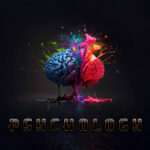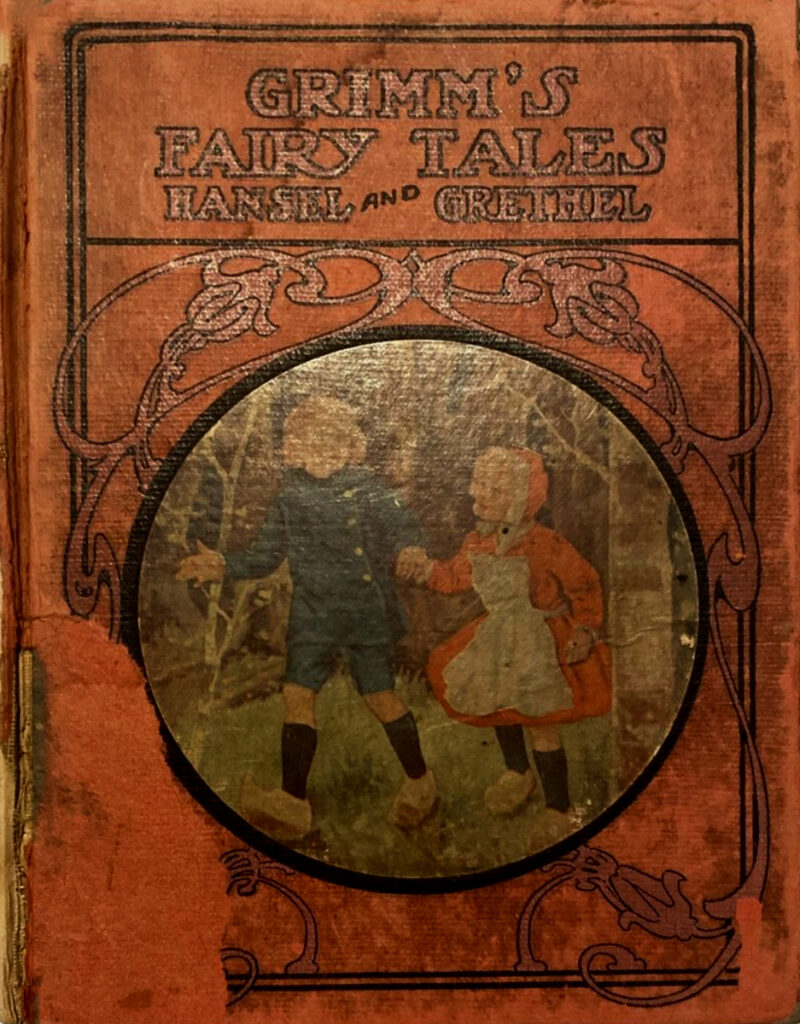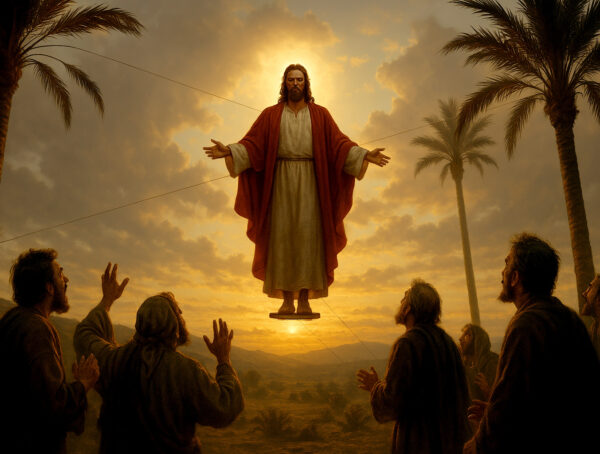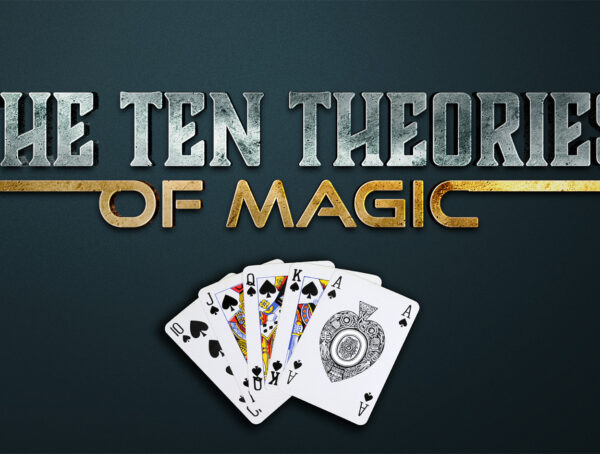TL;DR Summary:
The tale of Hansel and Gretel is a profound metaphor for human development, depicting the dangers of overprotection and dependency through the archetype of the Devouring Mother. The witch, with her candy house, represents the seductive allure of comfort that stifles growth, while the dark forest symbolizes the unknown challenges essential for maturity. Defeating the witch signifies the children’s triumph over dependency, reclaiming autonomy, and embracing responsibility. Through Freudian and Jungian lenses, the story explores themes of individuation, overcoming primal fears, and breaking free from oppressive forces. It remains a timeless guide for confronting life’s challenges and achieving personal growth.
The Psychological Significance of Hansel and Gretel: The Devouring Mother
When you look at Hansel and Gretel, you’re not simply reading a fairy tale meant to entertain children. It’s a story that carries with it the weight of human psychological development and the stark realities of survival. The tales of the Brothers Grimm, and other ancient narratives like them, were distilled wisdom, designed to prepare individuals for the harsh and unforgiving realities of life.
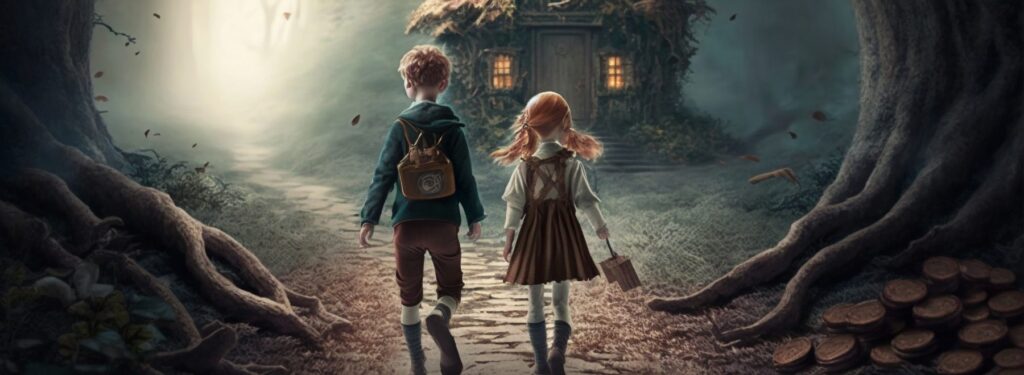
These stories encode fundamental truths about human nature, the family structure, and the necessary trials of growth. At its core, Hansel and Gretel is a narrative of transformation—it’s about what must be sacrificed, and what must be confronted, to achieve independence and maturity.
The Archetype of the Devouring Mother
The abandonment of Hansel and Gretel into the forest is a symbolic act of exposure to chaos, to the unknown. The forest represents the uncharted territory of life, a domain of danger but also of potential transformation. In this sense, the Devouring Mother paradoxically forces the children to face chaos, even though her intent is malevolent. This reflects a profound truth: growth cannot occur without confrontation with the unknown. To shelter someone perpetually, to protect them from every possible harm, is to cripple them. To grow, we must venture into the forest, metaphorically speaking—into risk, uncertainty, and challenge.
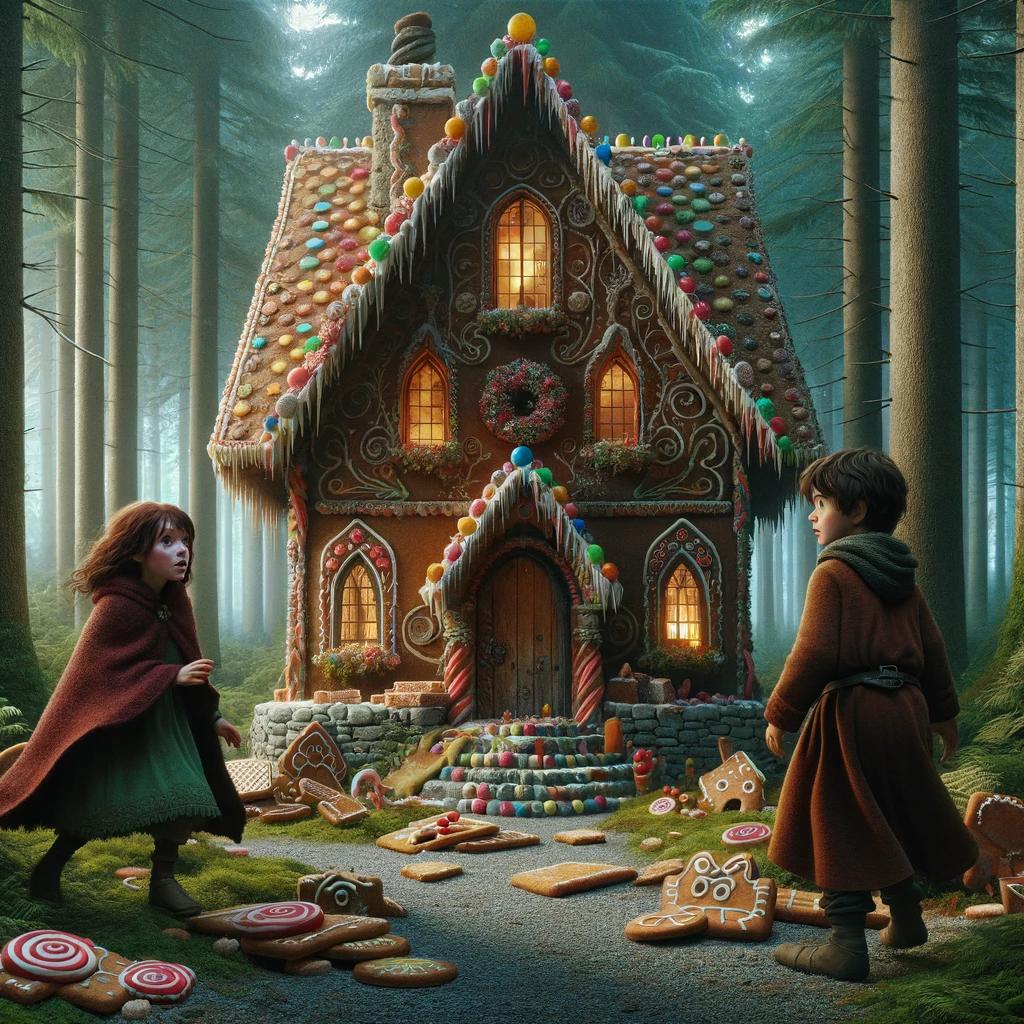
The witch in the tale is an extension of the Devouring Mother archetype, but in its most grotesque and extreme form. She lures the children with comfort and indulgence—a house made of candy—but her goal is to consume them entirely. This is a profound psychological metaphor. The comforts of dependency—whether provided by a parent, a societal institution, or even one’s own tendencies—can be sweet, but they are ultimately dangerous. They trap you, fatten you metaphorically or literally, and strip away your capacity for self-reliance. Hansel and Gretel’s triumph over the witch symbolizes the necessity of cunning and courage to escape these consuming forces. They must outwit her, and in doing so, they reclaim their independence and their future.
The Witch and the Peril of Comfort
The witch’s house, with its sugary facade, is one of the most striking symbols in Hansel and Gretel. It represents the danger of surrendering to immediate gratification and comfort without considering the long-term consequences. The house appears as a haven—a place of safety and nourishment in the midst of the perilous forest. Yet, this comfort is deceptive; it lures the children into a trap that ultimately threatens their lives. This speaks to a universal truth: the things that promise ease and indulgence, when unchecked, often come with hidden costs. In psychological terms, the candy house is a metaphor for the seductions of dependency, laziness, and short-sighted pleasure-seeking. It is a reminder that what looks enticing on the surface can be deeply destructive beneath.
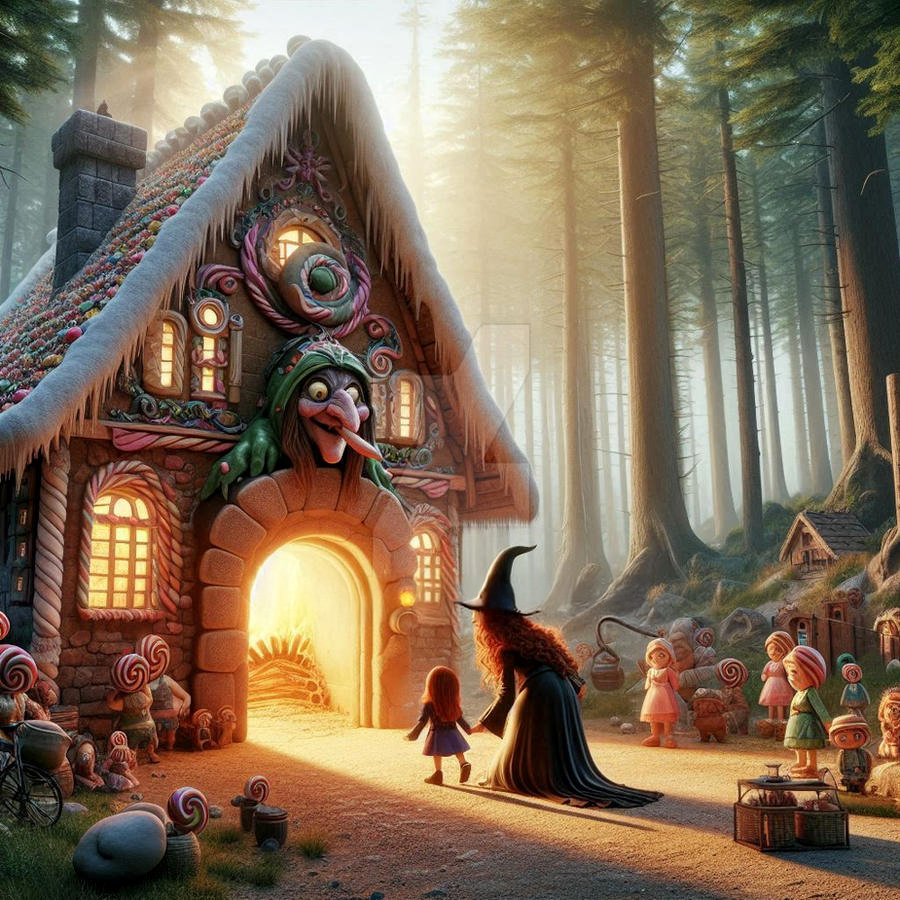
The witch herself is a terrifying extension of the Devouring Mother archetype—a figure of nurturing energy turned monstrous. She embodies a pathological desire to control, consume, and destroy under the guise of provision. The act of fattening Hansel is not an act of care but one of domination. In this, we see a reflection of how overprotection and indulgence can rob individuals of their capacity to grow, to struggle, and to achieve independence. To smother someone with excessive care is to prevent them from developing the skills necessary to navigate the challenges of life. The witch, therefore, represents a form of tyranny—a consuming force that infantilizes, rather than empowers, those in her grasp.
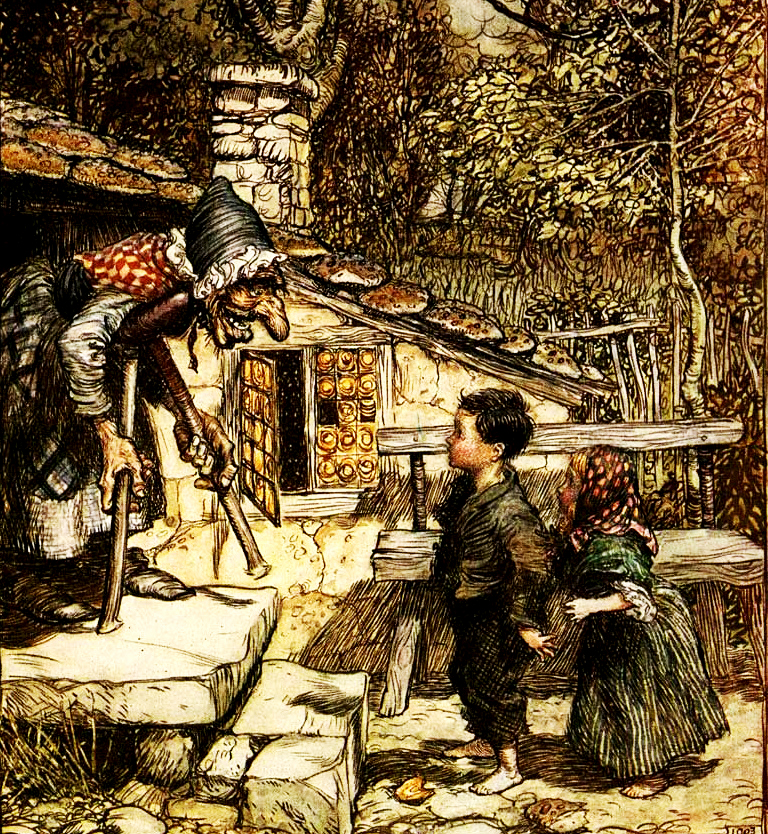
Hansel and Gretel’s defeat of the witch symbolizes breaking free from the seductive trap of dependency. Using wit and courage, they turn her consuming power into their liberation, reclaiming autonomy. True growth comes not from comfort but from facing challenges and overcoming what holds us back.
The Path to Maturity
Hansel and Gretel’s journey reflects Jung’s process of individuation—the path to becoming whole. Starting as naive and dependent, they face the chaos of the forest, a symbol of the unknown and transformation. Through struggle, they forge the courage, ingenuity, and adaptability needed for survival and growth.
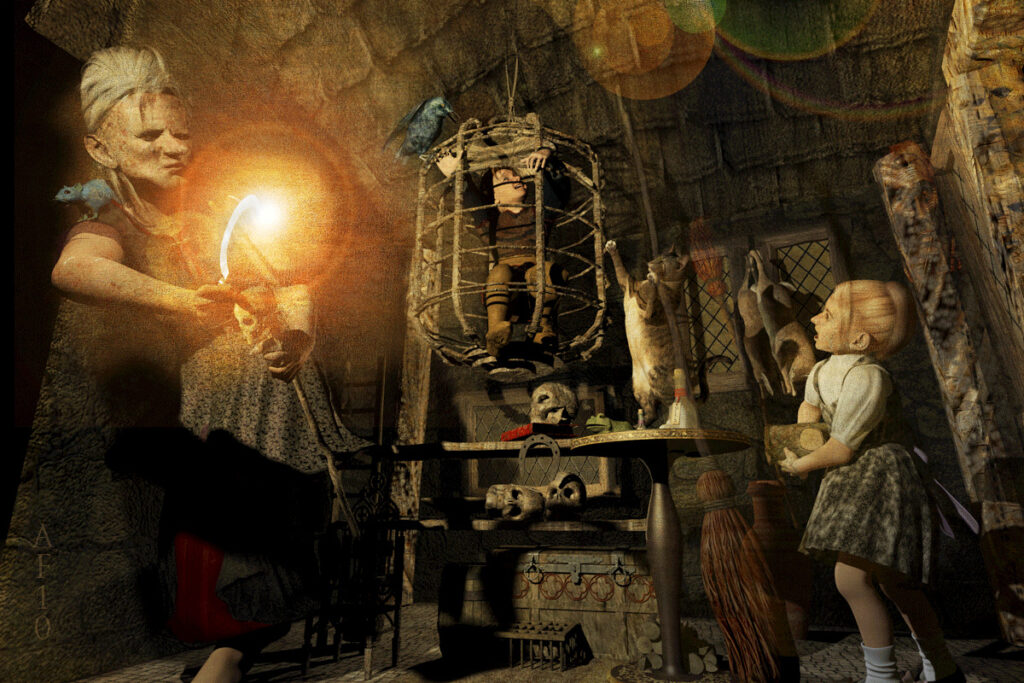
The children’s defeat of the witch represents a rejection of the Devouring Mother’s grip, breaking free from dependency. By outwitting her, they transform her consuming power into liberation, reclaiming their agency. This victory marks their emergence as active agents capable of facing chaos and shaping their own destiny.
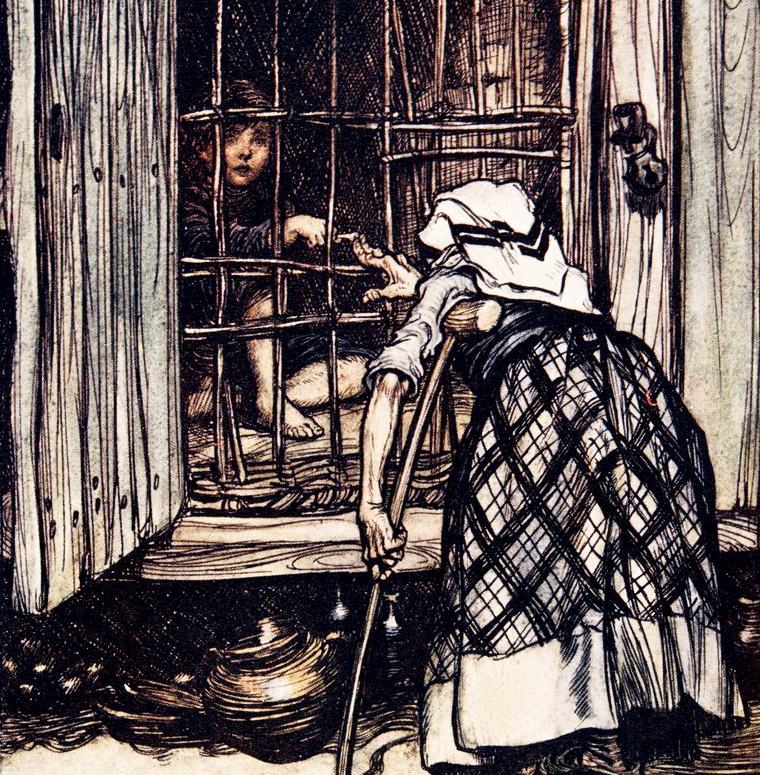
Hansel and Gretel’s journey captures the essence of maturation: facing the chaos of the unknown, learning its lessons, and emerging stronger and more independent. Growth is not found in comfort but in struggle—confronting fear, risking failure, and embracing responsibility. Through these trials, they forge the tools to overcome dependency and take control of their destiny, becoming fully realized individuals.
Freudian & Jungian Interpretations
Carl Jung interprets Hansel and Gretel as a journey of individuation, symbolizing the path to psychological wholeness. The dark forest represents the unconscious, where hidden fears and suppressed aspects of the self reside. The witch, a shadow archetype embodying destructive tendencies, must be overcome to achieve growth. The children’s victory signifies integrating these shadow elements to emerge stronger and more unified. Jung might see Hansel’s breadcrumbs as clinging to the familiar, a futile effort, as true growth requires venturing beyond dependency into the unknown.
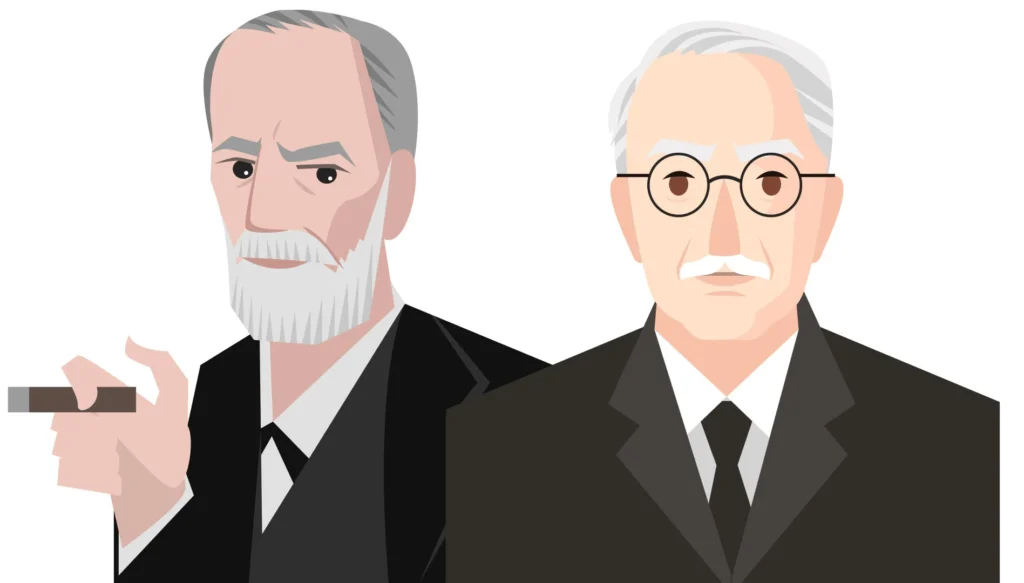
Sigmund Freud interprets the story through childhood development and family dynamics. He sees the parents’ abandonment of Hansel and Gretel as symbolizing the necessary but painful separation between parent and child for independence. The witch’s house represents the seductive yet harmful pull of indulgence, where basic needs are met at the cost of autonomy. Destroying the witch resolves these conflicts, marking the child’s growth toward agency and overcoming dependency.
Jungian Interpretation of Hansel and Gretel
- Individuation: Represents the journey toward self-reliance and wholeness.
- Forest as the Unconscious: The dark forest symbolizes the unknown and uncharted parts of the psyche.
- Witch as Shadow: The witch embodies the dark, repressed aspects of the self that must be confronted.
- Devouring Mother: The stepmother and witch represent overprotective, stifling forces.
- Transformation: Defeating the witch symbolizes growth and mastery over chaos.
Freudian Interpretation of Hansel and Gretel
- Oral Fixation: The focus on food reflects dependency and gratification linked to the oral stage.
- Parental Conflict: Abandonment symbolizes fears of rejection and loss of parental care.
- Witch as Superego: The witch represents a punishing, oppressive authority figure.
- Breaking Dependency: Defeating the witch marks the move toward autonomy.
- Fear of Consumption: The witch’s intent to eat Hansel mirrors primal fears of being overpowered.
The Timeless Relevance of the Tale
Hansel and Gretel endures because it exposes the dangers of overprotection and dependency, embodied in the Devouring Mother archetype. It warns that excessive care, masked as safety, can stifle growth and potential. The tale challenges us to confront these forces, whether they are in relationships, society, or ourselves, and embrace responsibility for true growth.
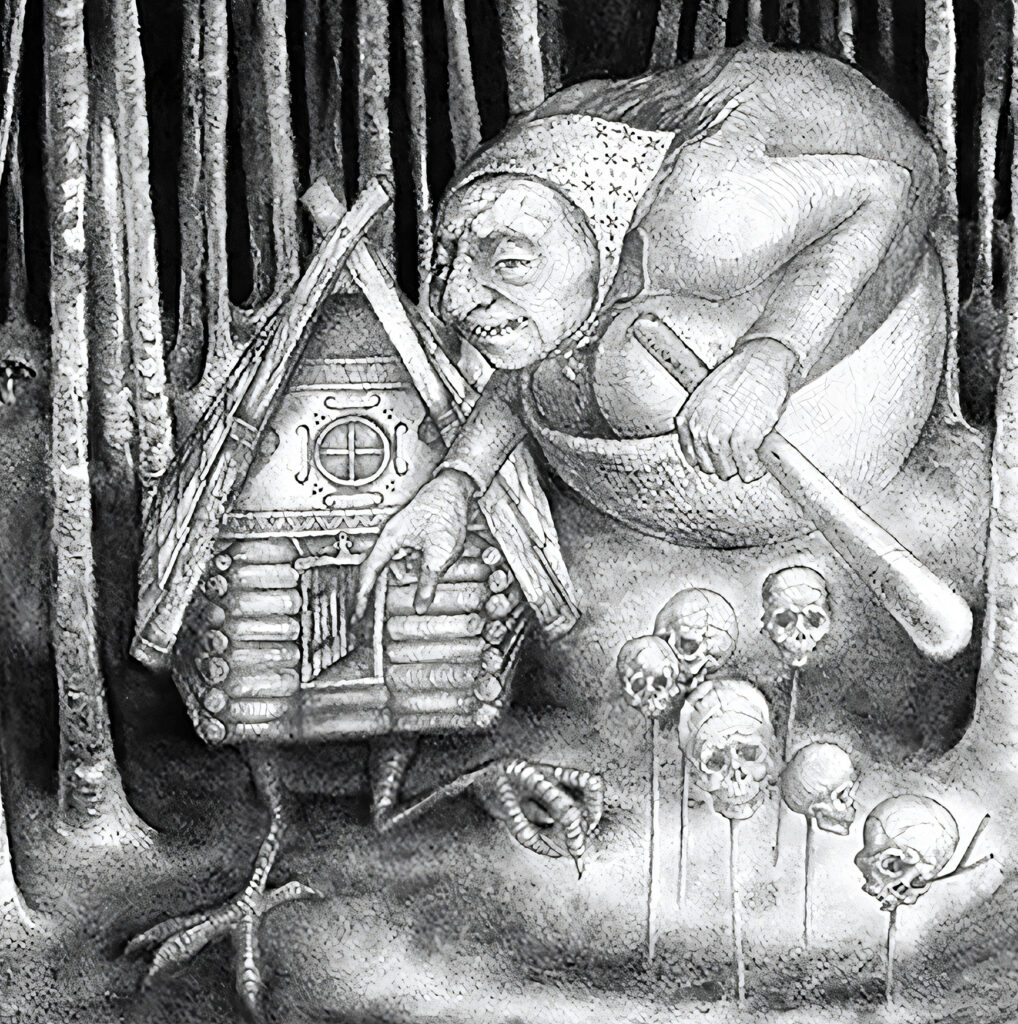
The original Grimm tales were stark meditations on the human condition, exploring themes of order, chaos, dependence, and independence. Hansel and Gretel highlights the need to balance care with letting go, showing that growth requires risk and confronting the unknown—timeless lessons in human development.
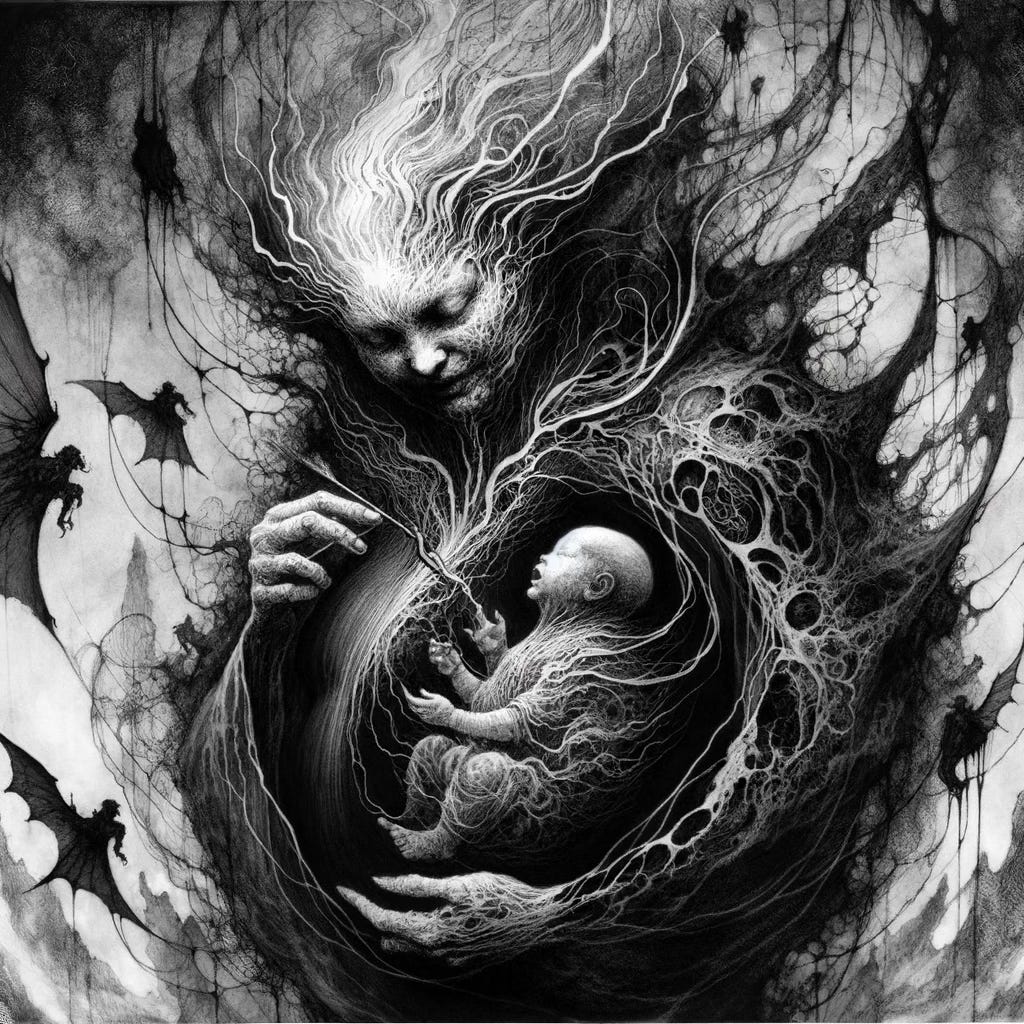
It’s worth pointing out, life is not a journey of comfort and ease; it is a sequence of challenges that must be faced with courage, discipline, and resolve. Hansel and Gretel encapsulates this truth, offering a symbolic blueprint for navigating the treacherous terrain of existence. It is a story about confronting fear, overcoming the forces that threaten to hold us back, and finding the strength to move forward. Far from being a simple fable, it is a profound psychological roadmap for survival, growth, and ultimately, the attainment of freedom and fulfillment. This is why it remains a tale worth revisiting—not as a relic of the past but as a timeless guide to the complexities of life.
More from Philosophy
Juvenoia: Why Complaining About Youth Is a 2,000-Year-Old Trend
Are Kids These Days Really Worse? We've all seen this before! A teenager walks down the street so immersed on the …
Jesus Christ: History’s Greatest Illusionist?
History tells us that there are not many people who have been able to capture the human imagination. For two thousand …
Inside the Mind of a Magician: The 10 Theories of Magic That Control What You See
Let’s dispense with the obvious. Magic isn’t about wands, rabbits, or children’s parties with balloon swords. It’s not about the suspenders, …








